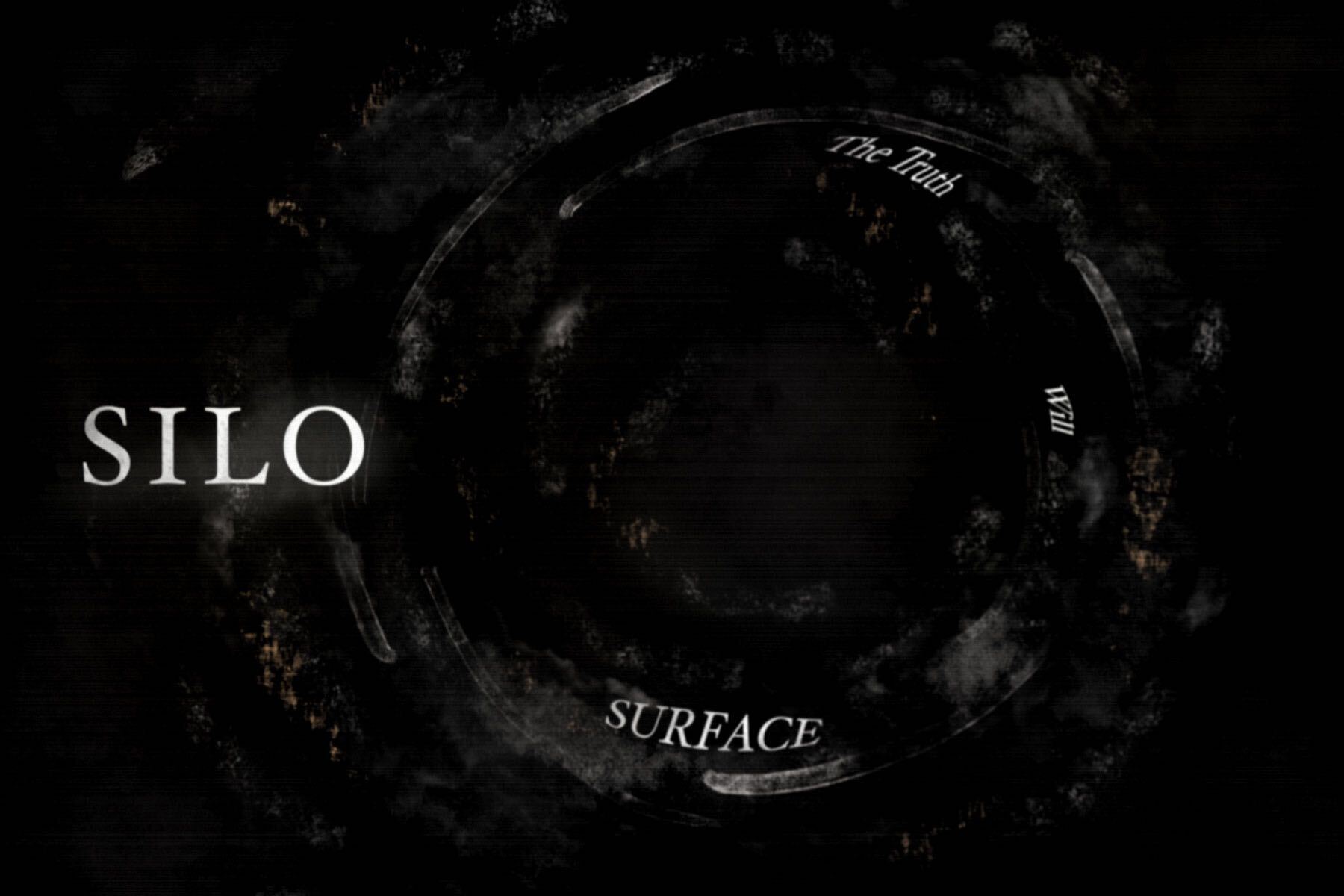“I gotta know the truth.” – Sheriff Holston, “Silo,” Ep. 1
With the success of Knives Out and Glass Onion, the mystery genre has become popular again in the United States. For mystery fans, “Silo” offers viewers a riveting whodunit with the lovely addition of science fiction trimmings and trappings. It is a refreshingly peculiar oasis among summer 2023’s many mysteries. An adaptation of a three-volume book series by Hugh Howey and streaming on Apple TV+, the first episode of “Silo” drops viewers immediately into its complex mysteries and characters. As the series progresses, the more complicated and stratified the secrets become, hinting at the length of time and amount of internal pressure that all the silo’s occupants have been living under.
A mix of Orwell’s “1984,” McCarthy’s “The Road” and King’s “The Stand,” with a soupçon of Philip K. Dick’s paranoia, the “Silo” TV series remakes Hugh Howey’s series into a remarkable journey, bringing readers down a path where the intermingling of truth and lies makes reality illusory. Under the overarching mystery of why people are living underground in a silo at all, viewers begin to search through salient visuals and half-understood sentences in an attempt to discover the solid ground of truth that is fastidiously hidden beneath layer upon layer of lies.
Lurking in the silo’s shadowy past is a rebellion that was conveniently won by the “good guys,” but not before all the books were burned and previous information in the computer servers erased by the “rebels.” Embedded within the silo’s cultural layers is a virulent fascist consortium that turns simple words and questions into criminal acts. Every aspect of life within the silo is governed by “The Pact.” The rules and regulations outlined in the Pact control every minute aspect of life. The silo’s past is forcibly kept as a blank page, and anyone asking about the past is threatened with judicial punishment. Speaking or asking questions about the “before times” is forbidden. Asking to go outside is a death sentence.
Science fiction can be a vehicle to observe and converse about cultural or philosophical issues out of context. Silo delivers on this expectation beautifully. Discussions of female bodily autonomy, fertility issues and women’s empowerment are layered into the mysteries introduced in the first episode, while still driving character development and the plot forward in memorable ways. The sheriff and his wife, Allison Holston, are approved via computer lottery to have her birth control removed and fruitlessly try for a baby for the third and final time. Allison does everything in her ability to get pregnant, but in the process discovers that she was lied to about having any control of her reproductive cycle. In a striking visual, Allison illustrates the lengths to which some women have to go to control their body and their reproductive choices.
This plotline also addresses the fertility issues that plague the Western world. Many couples have experience with the emotional fallout that comes from struggling to have children, an obstacle that can even lead to breaking up. In American culture, it is not common to speak openly about fertility issues or the effect the struggle has on couples’ relationships. Tackling such an impactful, emotional issue in its first episode helps “Silo” to stand out among other mystery and sci-fi series.
“Silo” begins with Sheriff Holston locking himself up in the jail cell, throwing away his keys and asking to go outside. Rewinding two years into the past, the viewers appreciate the event that led the sheriff to ask for death: the act of defiance that condemned his wife. From there, mysteries and questions cloud the viewer’s mind like fogged-up car windows on a cold winter morning. Several other mysteries are introduced as the plot progresses, each character adding their own layer to the deepening mystery. However, unlike the show “Lost,” which left all the solutions to the last season, “Silo” resolves mysteries almost as quickly as they are added, leaving the viewer satisfied with the show’s progression. Sheriff Holston investigates another puzzle: the apparent suicide of a man named George. The investigation eventually leads viewers, in the last five minutes of episode one, to meet the protagonist of the series, Juliette Nichols.
While the tragic story of a doomed marriage drives episode one forward, Juliette, a symbol of female empowerment, easily carries the plot through to the end of season one. Juliette adds another layer of complexity to an already female-focused story. She is a woman working in engineering, capable of excelling in a male-dominated world. The viewer first sees Juliette while she is wrangling a generator, and she immediately comes across as strong and capable. Her determination to know the truth about George’s death, willingness to ask questions about the past and insistence on finding answers changes the silo in ways no one living there could imagine. Once it becomes clear that the real world outside is not the same world that is projected on the displays in the cafeteria, everything that viewers accepted as solid truth begins to tremble.
















